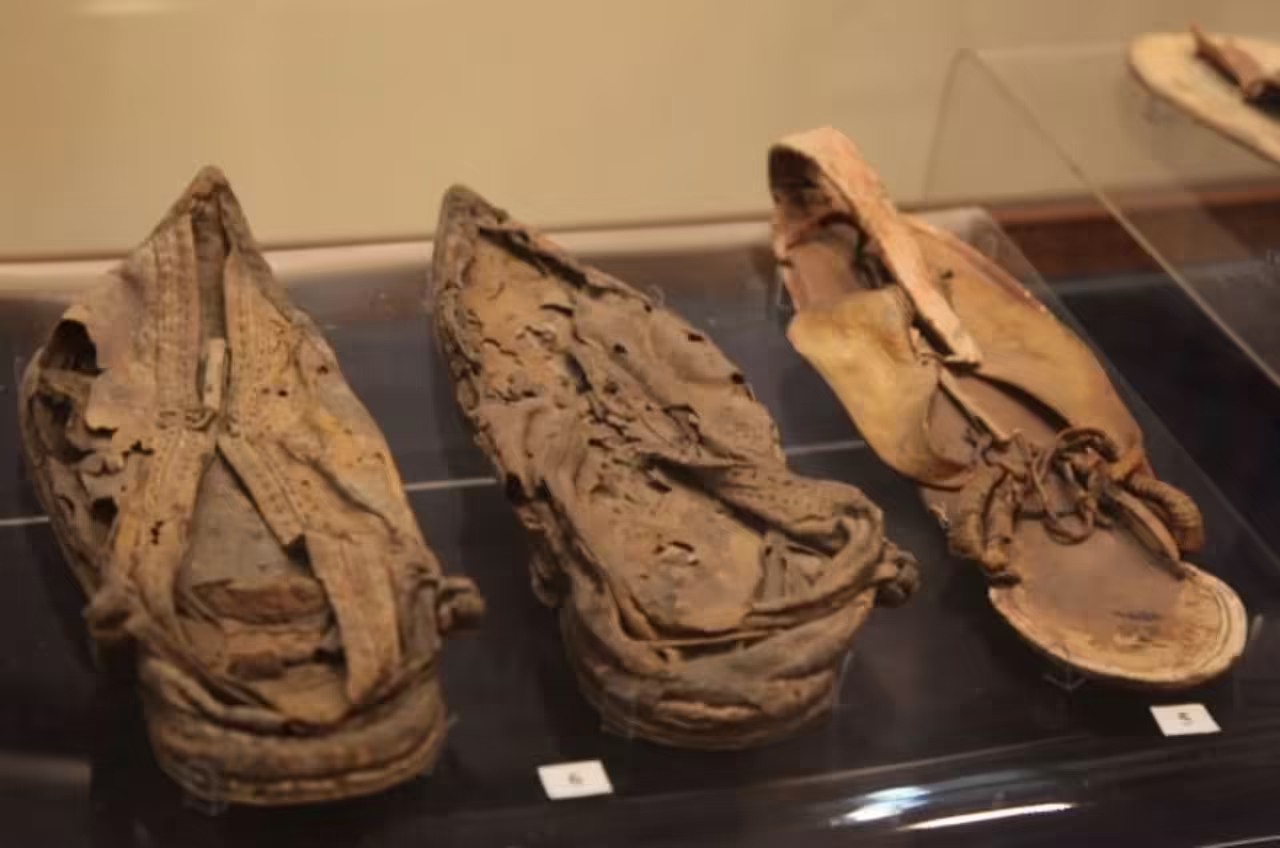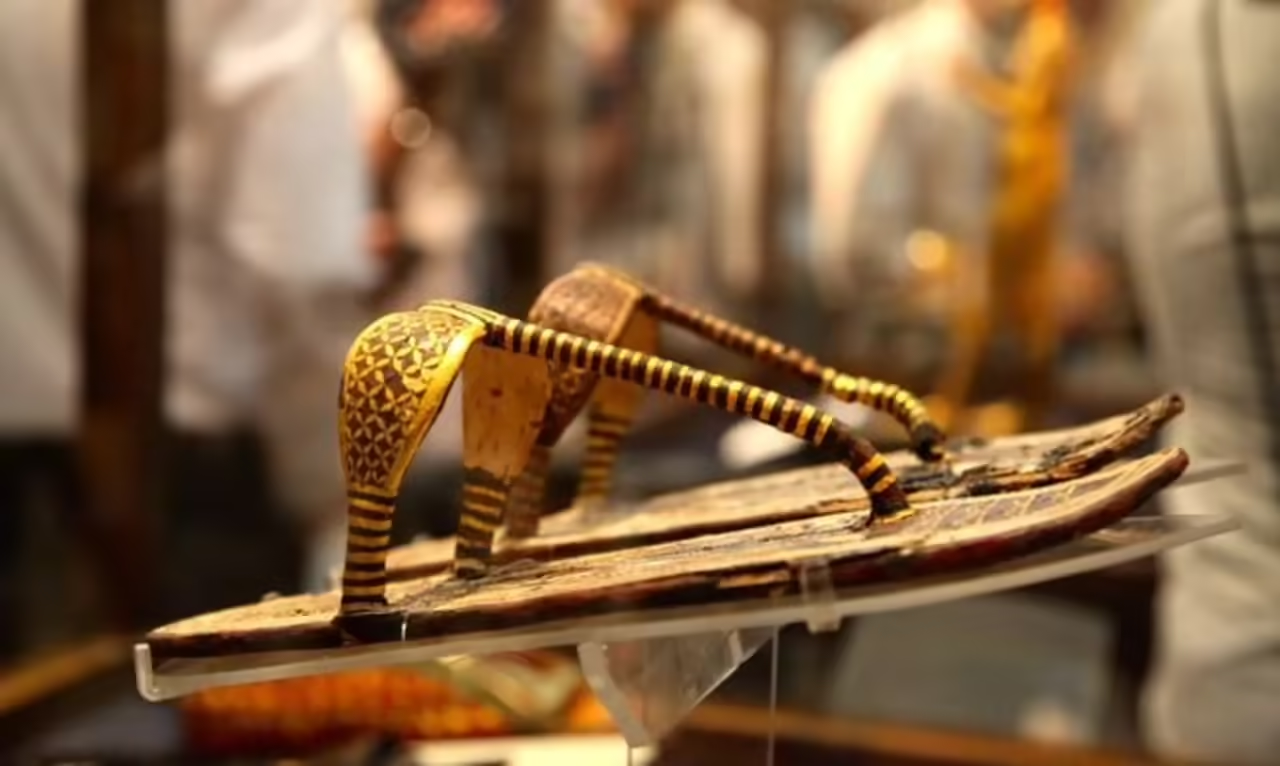
Footwear is an essential part of human attire that has evolved throughout history to adapt to the needs of different cultures and climates. In ancient times, the type of footwear used varied significantly depending on the civilization and geographical region. This article will explore footwear in antiquity across different cultures, providing a detailed look at the various styles of shoes, sandals, and boots that were worn in bygone eras.
Ancient Greece
In ancient Greece, sandals were the most common footwear. However, the quality and design varied based on gender and social class. Everyday sandals were simple, but Greek athletes used a variety of sandal styles, from basic ones to more elaborate designs. Olympic athletes wore sandals known as “krepis,” which had thicker soles for better support during competitions. In addition to sandals, Greeks also wore boots called “phaecas,” which offered extra foot and leg protection.
Ancient Rome
In ancient Rome, footwear varied based on social class. Upper-class Romans wore a type of closed shoe called “calceus,” made of leather and sometimes adorned with metallic details. Roman soldiers, on the other hand, wore leather boots called “caligae.” These boots were durable and suitable for long military marches. Common Romans wore a simpler version of sandals.
Ancient China
In ancient China, footwear was worn by people of all social classes, but the design and materials varied widely. Chinese shoes were primarily made from silk, fabric, and leather. Silk shoes were popular among the nobility for their softness and comfort. These shoes were laced up and had sturdy soles made of materials like rice paper or treated leather. The shape of Chinese shoes varied depending on the dynasty and era, and they were often richly decorated with intricate embroidery and patterns.
Ancient Egypt
In ancient Egypt, footwear was worn by people of all social classes, but the quality and design varied based on economic status. Sandals were a common choice among Egyptians, and their construction was relatively simple. They were made of leather, papyrus, or woven reeds and held in place with leather or papyrus straps. Egyptian sandals were suitable for the warm climate and were designed to allow air circulation and prevent heat buildup. Often, Egyptian sandals were decorated with intricate details and were worn by both men and women.

Ancient India
Ancient India had a rich tradition of footwear that included the “paduka” sandals. These sandals had a raised support under the big toe and were made of wood, making them suitable for the region’s warm climate. Padukas were worn by both men and women and were often associated with religious figures.
Pre-Columbian Civilizations
In pre-Columbian civilizations in the Americas, such as the Aztecs and Incas, sandals and boots made of leather and natural materials were used. These footwear items often featured intricate designs that reflected the culture and beliefs of their respective civilizations. Sandals were commonly worn by the general population, while boots were used by warriors and hunters.
Other Cultures
In addition to the aforementioned ancient civilizations, footwear in antiquity held great significance in other cultures, such as the Mayan civilization in Mesoamerica, where handwoven sandals and leather sandals were used, and the Inca civilization in the Andes, which developed a type of footwear called “warachikuy” that was tied around the ankle.
Symbol of Status
In many of these ancient cultures, footwear served not only as foot protection but also as a symbol of social status. The materials and designs used in shoes often reflected a person’s economic standing. Luxurious and decorative footwear was a sign of wealth and power, while simpler styles were worn by the general population.
Cobbler’s Craft
In antiquity, the cobbler’s craft was essential for footwear production. Cobblers were highly skilled artisans who mastered the techniques of shoe manufacturing and crafted shoes and sandals by hand. These experts worked with a variety of materials, including leather, fabric, and wood, and were responsible for cutting, sewing, and shaping the different parts of the footwear.
The shoemaking process was a laborious one that required precision and dexterity. Cobblers used specific tools, such as sharp knives for cutting leather, sturdy needles and threads for sewing the pieces, and molds for shaping the soles and uppers of the shoes. Additionally, they used natural dyes to color the leather.
Manufacturing Techniques
Manufacturing techniques for footwear varied by region and culture, but some common techniques included:
- Leather Cutting: Leather was one of the most commonly used materials in footwear production. Cobblers carefully cut pieces of leather into the desired shape for the soles and uppers of the shoes.







